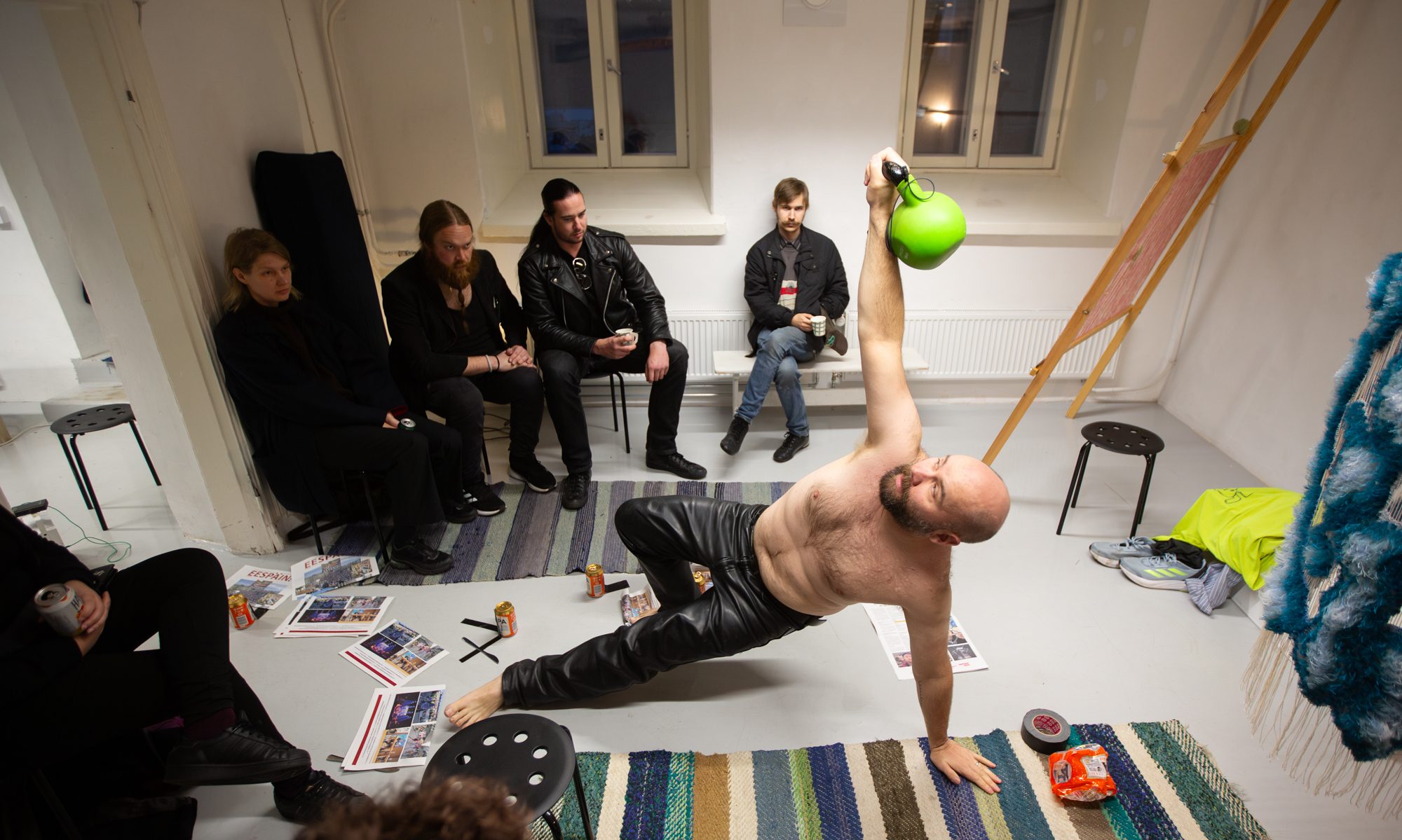Nearly finished with Assembling a Black Counter Culture (2022) DeForrest Brown. The book reads as a cross between a blog, a music review magazine and a Marxist analysis of Black American culture. It meets all the criteria of a proper winter holiday read: Nerdy details on synths, snippets of interviews and gossip of notable techno musicians bundled with leftist rants. Brown wants to make it clear that techno is Black which I’m fine with but their mission is so defined that some argumentations cut corners. For example they put a lot of effort in proving that originally acid (in music) had nothing to do with drugs and blame the emerging techno-scene in the UK for building the associative link between drugs and techno. They conveniently leave out that funk, which is framed as a partial foundation of Detroit techno, was a psychedelic movement. Their effort to sever the techno-is-for-drugs link is just in the sense that the US War on Drugs targeted the Black communities disproportionately. There is also a strong judgemental tone to the manner they present the goa-trance-scene, which pains my heart as I came to techno largely trough Texas Faggott and a like. Not for the drugs but for the fun (perhaps trance deployed humour as a substitute for soul? Silverio for the win!).
Brown uses Detroit as a lense for portraying the US from the perspective of Black cultural development. Post jim crow era folk moving from the South to work in Detroit assembly lines, emerging as consumerist middle classes and helping to make Motown to what it was and then being disregarded by industrial capital. The ruins of these developments were later reclaimed for techno, which is presented as soulful emancipation, a process of de-hierarchicalizing the record label industry and distributing production. This story was first passed to me by Jori Hulkkonen during a 2011 Kotimaan teknokatsaus vol. 3 interview (starting from 16:41). The exact bit was cut out from the final interview but Hulkkonen also built a globalist connection between post-industrial youth learning to program to employ themselves (and later to surpass the burden of their [working]class) in Kemi and the Detroit landscape where the Belleville Three developed their sound. The repurposing of abandoned factories as stages for raves was also discussed, which links to East-Berlin too.
Brown mentions Basic Channel (and Hard Wax) but does not explore for example Maurizio or Mark Ernestus’ involvement with Ngadda, which I’d love to have had their take on. Browns Marxist analysis of Black workers and Black cultural expressions is excellent and techno serves as a perfect route for exploring workers transformation from labourers to information-workers. I particularly enjoyed their critique of Kraftwerk’s robotique aesthetics, which celebrate the absence of soul in creative expression and how they contrast this to the Black experience, where artistic expressions cling to soul to combat the robotique reality of everyday and the past of slavery. My peer-group of the white christian punk, electronica, trance and self-educating diy mayham, where youth seeks to destroy patriarchal society by destroying themselves as workers doing drugs, general antagonism and/or criminal records is not celebrated by Brown.
Art is the infrastructure of the imagination #ॐ. It’s not categorically good but something to build thinking on.

